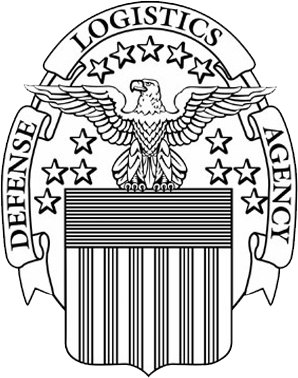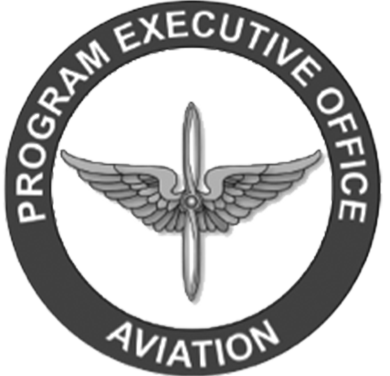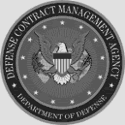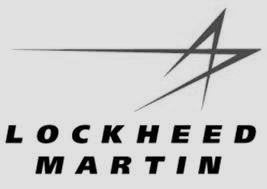We’ve been talking a lot about how to Remove Insulation From A Wiring Harness, How To Mark Shrink Tubing for a Wiring Harness, and How To Laser Mark Wire For A Wiring Harness – but how are these wiring harnesses actually built? Today we’re going to tell you how!
Although they can range in size from a small bundle with two wires and two connectors to a very large, heavy, complicated one that contains over 5,000 wires and over 100 connectors they are basically made the same way. The purpose of this blog is to list and describe the basic five step process of how wiring harnesses are built.
Step 1 – Wire Cut and Marking
Every wire in an aircraft wiring harness has its own unique identification number. (See blog “Why Does Each Wire On An Airplane Have Its Own Identification Number?”.) The first step in wire harness manufacturing is to (1) measure, (2) mark, and (3) cut each wire individually. For most OEM military or commercial wiring harnesses, the preferred method to mark a wire is laser wire marking. (See blog “What Is Laser Wire Marking?”.) A good laser wire marking machine will do all three tasks. After this process is accomplished for each wire in a wiring harness the next step is to lay out the wires.
Step 2 – Wire Layout
Wire layout is just what it sounds like; an assembler takes each wire and lays them out – one at a time – onto a HAD. (See blog “What Is A HAD?”.) The HAD shows how wires are routed from one end point to another. The HAD also shows where a wire ‘breaks-out’ from the main bundle. It should be noted that some wires have a metal shield around the main conductors while others do not. (See blog “Why Do Some Wires Have A Metal Shield Around Them?”.) Additionally, some wires are different gauges. (See blog “What Is Wire Gauge?”.) After all wires are routed, they are then grouped together using either string tie or tape. Once this process is done the next step is Wire Termination. Wire termination is the most complicated process and the most problematic.
Step 3 – Wire Termination
Every conductor in a wire is somehow terminated. (See blog “What Is A Wire Termination?”.) For example, a twisted, shielded pair requires six terminations – one for each end of Conductor 1 (or two terminations), one for each end of Conductor 2 (or two terminations), and one for each end of the Shield (or two final terminations). Some people fail to remember that shields on shielded wires are also conductors and need to be terminated. (See blog “What Is A Cable Shield Termination?”.) Wires are generally terminated by (1) stripping the insulation away from them, (2) crimping contacts onto the conductors, and (3) inserting them into a connector contact cavity (see blog “What Is A Contact Cavity?”) per its insert arrangement (see blog “What Is An Insert Arrangement?”). Every connector or endpoint in a wiring harness has its own unique identification number which is called a reference designator. (See blog “What Is A Reference Designator?”.) After all conductors have been terminated at all reference designators the wire termination process is complete and the wiring harness is moved onto a very important next step; testing.
Step 4 – Testing
Every wiring harness that InterConnect makes undergoes some type of test. In most cases, InterConnect Wiring uses very sophisticated, automatic test machine made by a company called DITMCO. For most customers InterConnect will test for continuity (see blog “What Is Continuity Testing?”) as well as insulation resistance testing (see blog “What Is Insulation Resistance Testing?”). In a few cases, customers will instruct that InterConnect only ‘beep out’ a wiring harness. (See blog “What Does It Mean To ‘Beep Out’ A Wiring Harness?”.) Once a wiring harness fully passes testing it is sent to the final process called dress-out.
Step 5 – Dress-Out
The fifth and final process in building a wiring harness is dress-out. Dress-out consists of (1) heating-up and shrinking-down tubing, (2) making sure reference designators are located properly, (3) making sure wire harness identifiers are located properly, (4) putting dust cover caps or ESDS bags on connectors to protect them, and (5) final inspection. Once dress-out of a wiring harness is complete, it is ready for packaging and shipment.
For the past year, InterConnect has been releasing many blogs about aircraft wiring harnesses. This blog has had many links to a variety of topics. If you read this blog and did not have to hit a hyperlink to find out what a term was, you have done very well in reading our blogs and are to be praised! Congratulations!
Please continue to follow our blogs & VLOGS and also check out some of our photos of our involvement at various military aerospace conferences.




























